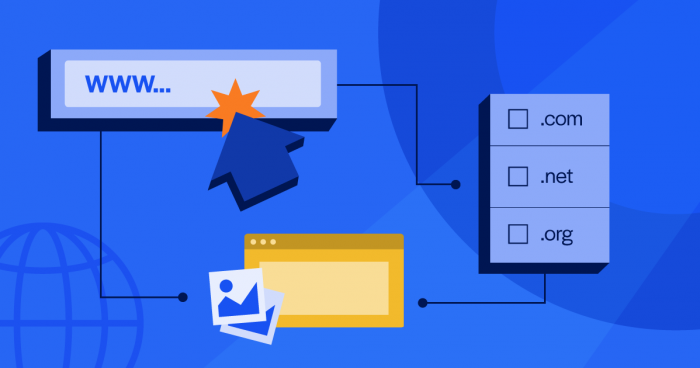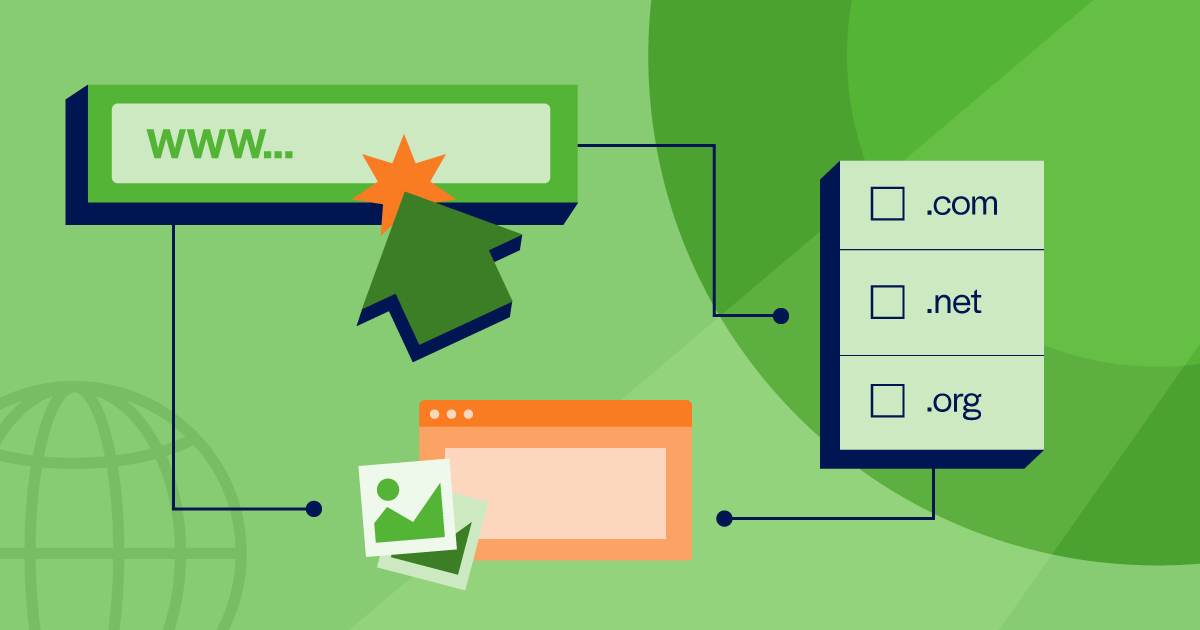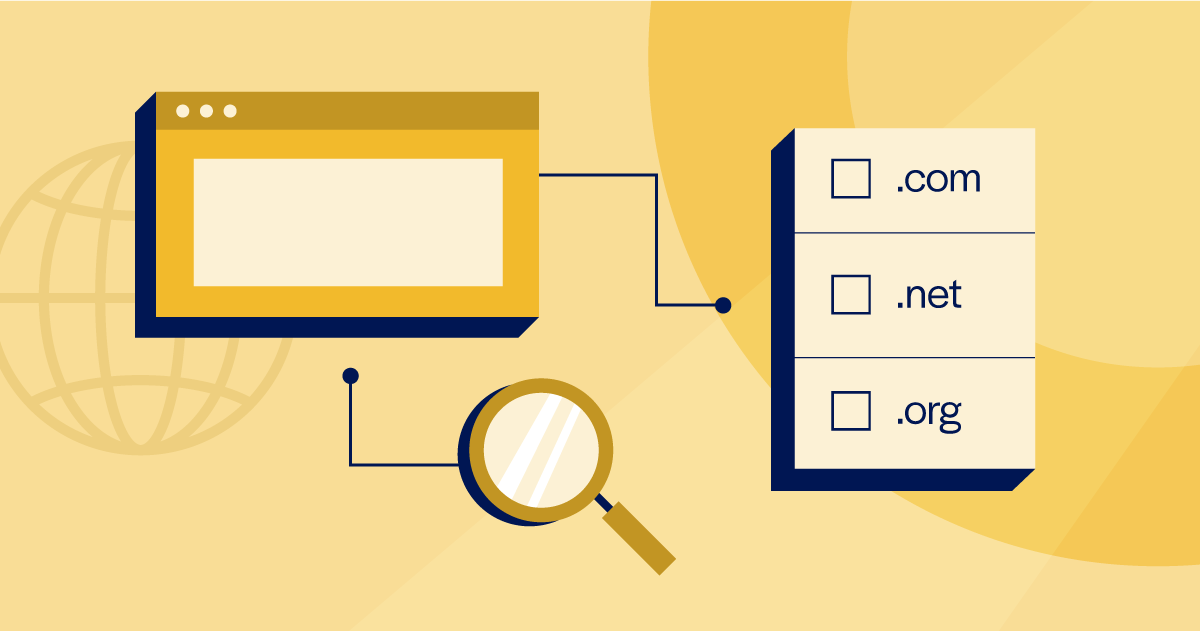With over a billion websites in existence, the remaining pool of unique and snappy domain names is a bit shallow. And that goes double for .com sites. Newcomers to the domains scene are often understandably frustrated to find their first (and maybe even second and third) choice is already taken.
But just because a domain name is already owned by somebody doesn’t mean that that’s the end of it. You have the options to either adjust your domain name until you find something that is available, or to purchase the domain name from the person it’s registered to. Keeping your goals and budget in mind, read on to learn more about these strategies.
Modify Your Second-Level Domain
Your second-level domain is everything that comes after the www. and before the .com or .org or dot whatever. When you search for the full domain name that you want on a registrar’s site, the registrar will often provide a number of alternate second-level domains if your first choice is already taken. Often, these suggestions add helpful keywords that increase specificity. You can choose one of these, but you can also get creative yourself.
It’s often smart to include identifying SEO keywords or industry-specific words that anticipate what people will type into an internet search bar. Adding “ItalianRestaurant,” “galleries,” or “consultants” could secure you a name and quickly make what you do obvious. Including these keywords within the domain name will increase how often you show up in these search results and can lead to a higher click-through rate.
Choose a Different Top-Level Domain
Top-level domains (also called TLDs and domain extensions) are what we call .com and .net and .xyz. There are literally hundreds of them, so if you’ve found a second-level domain name you really like, find a less-populated TLD. Here are a few suggestions that might point you in the right direction.
• If you’re looking to project stability, longevity, and familiarity, consider the classics: .com, .net, .org, or .co.
• Try one of the dozens of industry-specific TLDs. There are some you’ve probably never seen before, like .attorney, .dentist, .church, or .store. Check to see if your industry has a relevant TLD.
• Consider first impressions and how you want people to think of your brand. There are extensions for every way you might want to portray yourself, from .mom and .dad to .mba and .phd.
• See what extensions your colleagues and competition are using. For example, there are a few TLDs growing in popularity within tech-adjacent fields, like .io, .ai, .tv, .it, and .tech.
Is the Domain Available for Purchase?
If you truly cannot imagine your website without your ideal domain, but someone else owns it, see if they would be willing to sell the name to you. Be warned, though, that it could cost you. There are three main ways you can go about negotiating with a domain name owner.
However, before contacting the registrant, do some digging into the site’s history. Run a search on the site name to see if it’s been involved with anything you wouldn’t want to be associated with. And figure out your budget upfront. Domain name appraisal sites can help you determine what prince range you can expect.
Find Out if Your Registrar Can Help Broker a Sale
The registrar you use may offer to contact the current owner of your desired domain name and negotiate a sale for you. Prices for this service can vary, so read the fine print about what is actually being offered.
See if the Owner Is Actively Selling the Domain
Navigate to the domain in your browser and see what’s on the home page. Sometimes domain name owners will advertise on their site that they are selling the domain with instructions on how to contact them.
Alternatively, you can check out the various domain aftermarket sites where domain name owners advertise domains they are selling.
Find and Contact the Owner Yourself
If you want to try contacting the owner of the site on your own, you’ll need to do a little bit of research. By conducting a WHOIS search, you can access a database containing every domain name and information about who it’s registered to. Search for the name you’re interested in buying, and WHOIS will return information about the owner. Another important piece of information you’ll find is when the domain is set to expire. If the owner doesn’t renew the domain by that date, the domain could become available again.
If you still want to get in touch with the domain owner, you might find the person’s actual name and contact information, but you will more than likely find that their information has been made anonymous. It’s possible you’ll find their registrar’s contact information or a dummy email address with random characters. Regardless, initiating communication with those email addresses should result in your message being forwarded to the owner.
The ball is now in the domain name owner’s court. If they do choose to respond to your query, it’s not a guarantee that they will want to sell to you.
How Can I Ensure I Won’t Be Scammed?
Many people use escrow services to transfer money and domains. These third parties can confirm that the money and the domain are given up before the payment is completed, so you wont be ghosted after making a bank transfer. If the domain name owner does not want to use an escrow service, it could be a sign that they are trying to scam you.
Now that you have all the tools ready to register the domain name of your choice, you can choose a registrar that will help you manage your domains and ensure your personal privacy. Anyone looking to secure a .com, .org, .info, or .net domain can create an account and register a domain with DomainRegistry.com. We’re ICANN-accredited and have been trusted by web users since 1996.




